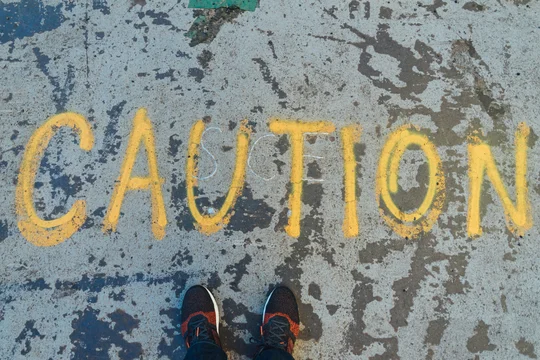
The reverse doctrine of equivalents and ensnarement are great for accused infringers, but for whatever reason they often seem to get set by the wayside.
RDOE for You and Me
Reverse doctrine of equivalents has a terrible name. It's really just the argument that even if the accused product meets the literal elements of the claim, it does not infringe because it is performs the claimed function in a substantially different way than the claimed invention.
As Judge Connolly put it earlier this year:
The [reverse doctrine of equivalents] rescues from infringement devices that literally satisfy the elements of a claim but perform the same function of the invention in a substantially different way.
Steuben Foods, Inc. v. Shibuya Hoppmann Corp., C.A. No. 19-2181-CFC, 2023 U.S. Dist. LEXIS 42393, at *26 (D. Del. Mar. 14, 2023).
The problem is that defendants often just don't seem to think of this argument until late in the game, attempting to assert it for the first time in expert reports or even at trial (plaintiffs often have the same problem with regular DOE).
An order from visiting Judge Kennelly earlier this week reminded me of this. It's embedded below. He excluded an RDOE argument from trial where it was disclosed for the first time in an expert report. Don't do that!
[Update: Caution! The Federal Circuit reversed Steuben Foods on other grounds, but also included language strongly critical of the reverse doctrine of equivalents. It suggested that the 1952 Patent Act may have eliminated the reverse doctrine of equivalents. See Steuben Foods, Inc. v. Shibuya Hoppman Corp., 127 F4th 348, 356 (Fed. Cir. 2025).]
Ensnarement Can Trip Up the Patentee
Ensnarement is also a great argument, but it also tends to get left by the wayside. Ensnarement limits the scope of the doctrine of equivalents:
Under the ensnarement doctrine, the patentee may not assert "a scope of equivalency that would encompass, or ensnare, the prior art."
Belcher Pharm., LLC v. Hospira, Inc., 450 F. Supp. 3d 512, 539 (D. Del. 2020) (quoting Depuy Spine, Inc. v. Medtronic Sofamor Danek, Inc., 567 F.3d 1314, 1322 (Fed. Cir. 2009)).
Ensnarement is a great way to trip up a patentee (see what I did there) who asserts DOE, and it fixes the situation where the patentee freely argues equivalents in a way that would hit on the prior art.
RDOE can be kind of tricky to preserve, as it is a counter-argument against DOE, and DOE itself is often asserted late in a case. Plus ensnarement is very prior-art dependent, and may require arguing in the alternative about asserted prior art, or even having an expert offer opinions about prior art that would otherwise be irrelevant.
But it can definitely be worth it if the patentee is leaning on DOE for its infringement case. Just make sure to assert it early and aggressively in contentions and interrogatory responses so that the other side can't argue waiver or forfeiture.
If you enjoyed this post, consider subscribing to receive free e-mail updates about new posts.





